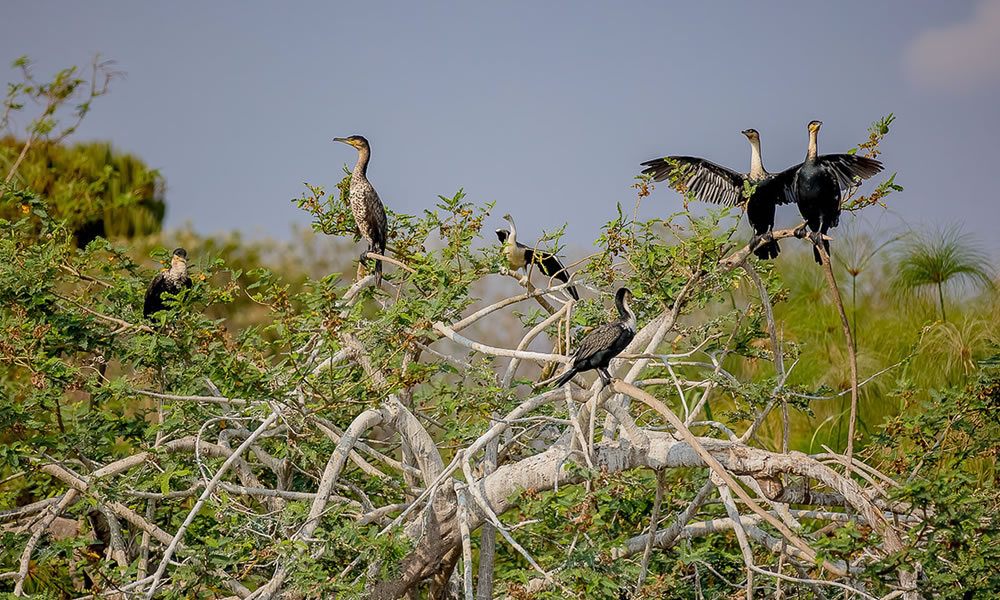Gishwati Mukura National Park was formed from the combination of 2 forests Gishwati and Mukura and was created in 2015 making it the country’s newest national park. Thanks to the effort of the government of Rwanda, the park came to life. Located in the western part of the land of a thousand hills covering an area space of approximately 35.58 square kilometers, the 2 forests used to be buffer zones between the Akagera National Park and the Volcanoes National Park. The larger forest is the Gishwati which was part of the famous Nyungwe forest, the connection used to be back then before human population increased, Mukura, on the other hand, is the smaller part of the forest this part of the forest covers an area space of approximately 1,200 hectares. The effects of the 1994 Rwanda genocide affected the conservation area.

Gishwati Mukura National Park is one of the few remaining tropical forests of the country along the Congo Nile divide the flora of the park, it boasts a mixed of vegetation there are variety tree species example types include giant tree fans, carapa grand folia, Hagenia abyssininca, to mention few there are several trails in the forest which will lead you to explore the best of the national park like the Umushwati Tourism zone, Bitega zone, the water falls in between the rocks with the park are amazing, chimpanzee and golden monkeys are the major key species present here, there are more than 25 characters of chimpanzee that have been recorded here to date these are said to have scientifically been proven to share up to 98% of the human DNA, an adult chimp weighs up to 40 kilograms, they have got a loud charter sound which can be heard even at a distance before you actually meet the primates, the primates tend to eat and keep dropping the foodies everywhere, while in the forest you will be able to notice their feeding stations. There are many mountain monkeys present in the park, also commonly known as the L’hoest monkeys, cats like the side stripped jackals, African civets, serval, and other many species that are present in the national park despite them being in the park, should be noted that they are rare to see.
There are over 126 bird species present in the national park most of which are forest birds, and endemics of the Albertine rift valley, the park is one less crowded and easy to see birds through the angelic tree canopies, expect to see sunbirds, dusky crimson wing, handsome francolin, Rwenzori Turaco, mountain masked Apalis to mention a few, the park is found in the northern part of the country, the park can easily be accessed by road or by air, a charter flight to the park takes approximately 45 minutes by road it takes 2-3 hours to arrive at the destination, the park can be accessed from Uganda as well incase guests are in the southwestern corner of the country. There are fewer accommodation facilities near the park, the Gishwati Lodge is one of those angelic lodges to stay at while in the national park.
